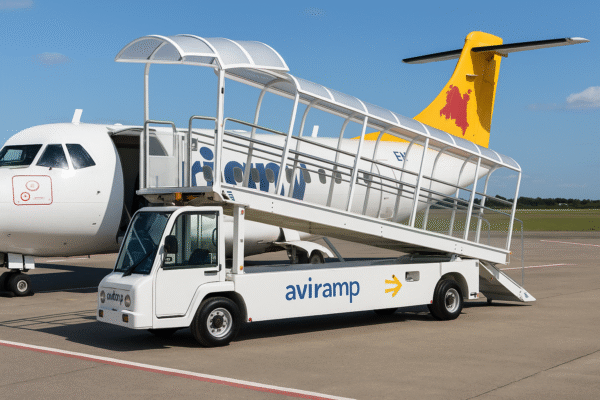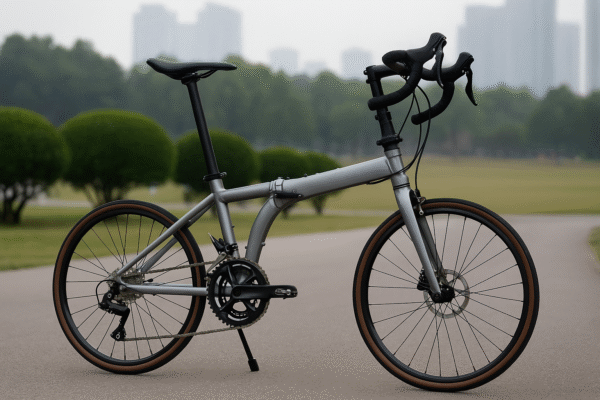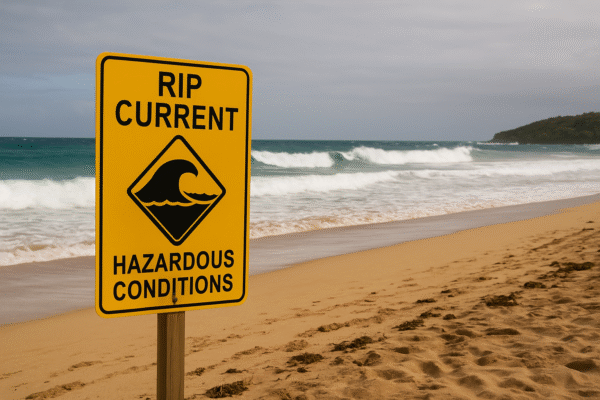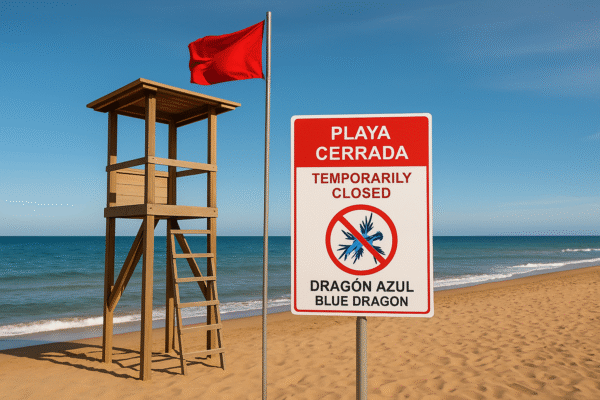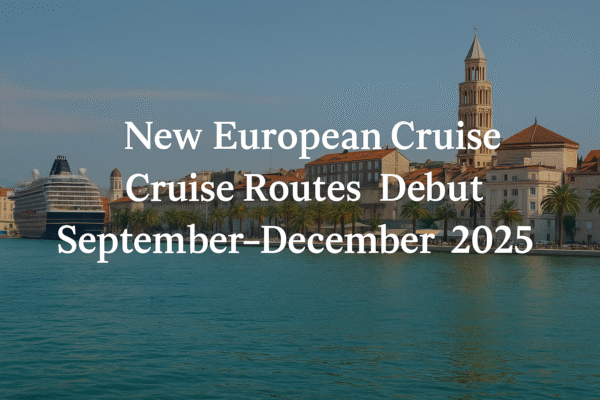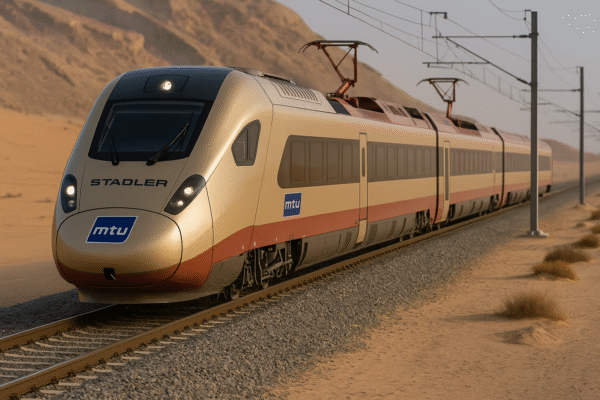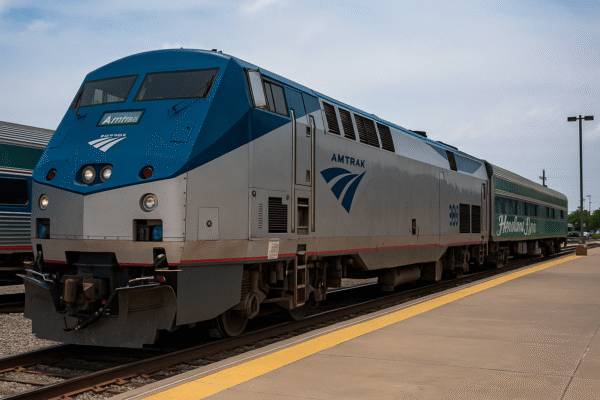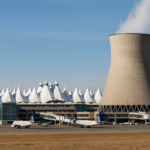In 2025, Lufthansa has surpassed major European carriers—including Air France, Ryanair, Turkish Airlines, SAS, Finnair, and TAP Air Portugal—with the largest operational fleet, an unprecedented volume of new aircraft orders, and a multifaceted hub network spanning six countries.
According to Travel & Tour World, Lufthansa now operates a fleet of 735 aircraft and has placed a record 242 new aircraft orders—surpassing its rivals and signaling a bold expansion trajectory.
A Fleet Reaching New Heights
Lufthansa’s fleet size has grown from 721 aircraft in 2023 to 735 at the end of 2024, positioning it at the forefront of European aviation.The airline is modernizing by gradually retiring older four-engine jets in favor of fuel-efficient Boeing 787s and Airbus A350s.
Moreover, Lufthansa anticipates a delivery of a new aircraft every two weeks throughout 2025—a logistical feat underpinning its aggressive fleet renewal strategy.
Strategic Hub Network Across Europe
Lufthansa’s unique strength lies not just in size but in strategic infrastructure. The airline operates six key hubs:
- Frankfurt and Munich in Germany
- Zurich in Switzerland
- Vienna in Austria
- Brussels in Belgium
- Rome Fiumicino in Italy
This network enables streamlined passenger flow across Europe and beyond—unlike counterparts focused on single or fewer hubs.
How Competitors Compare
- Air France (with KLM) operates around 229 aircraft and has ordered 50 Airbus A350s. Its hub strategy is centered on Paris Charles de Gaulle and Amsterdam—strong but more narrowly focused.
- Ryanair Group, leading passenger volume, has a fleet of 624 planes and orders for 331 more, yet remains exclusively narrow-body and budget-focused.
- Turkish Airlines operates 386 aircraft, with massive pending orders potentially reaching 600 new planes—yet these are still to be finalized and delivered.
- SAS Scandinavian Airlines maintains a fleet of approximately 133 aircraft and is restructuring through regional aircraft orders, but lacks the broad hub infrastructure and fleet scale.
- Finnair and TAP Air Portugal operate far smaller networks, connecting Europe with Asia and the Atlantic respectively, but without matching fleet size or hub breadth.
What Sets Lufthansa Apart
Lufthansa’s leadership today stems not from any single metric, but from a powerful combination of fleet dominance, fleet modernization, and a multi-hub framework.
- With 735 aircraft, it surpasses Air France-KLM holdings and eclipses most European players in scale.
- Its 242 new orders affirm a commitment to long-term efficiency and capacity growth—a major competitive edge.
- The expansive hub network across key European capitals enables unmatched connectivity and flexibility.
Implications for the Aviation Landscape
Lufthansa’s approach reshapes the European aviation map. Other carriers—like Ryanair, Turkish, or Air France—must grapple with this scale. Will they pivot to fleet expansion, niche strategy, regional advantage, or consolidations? For passengers, this may mean new route options, competitive pricing, and enhanced service.
In Summary — Europe’s Airline Power Shift
- Lufthansa is Europe’s top fleet operator (735 aircraft) with the highest new order volume (242) in 2025—and unmatched hub infrastructure.
- Air France-KLM, while significant, lags in fleet size and hub diversity.
- Ryanair leads in passengers but focuses only on short-haul budget travel.
- Turkish Airlines has potential but hasn’t yet matched Lufthansa’s execution.
- SAS, Finnair, and TAP remain specialized and regionally focused.
Lufthansa’s balanced growth across fleet size, modernization, and connectivity makes it Europe’s most formidable airline—today and into the foreseeable future.
For more travel news like this, keep reading Global Travel Wire

